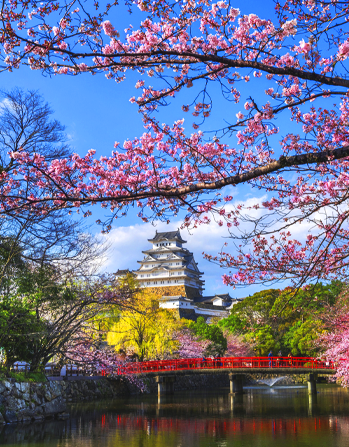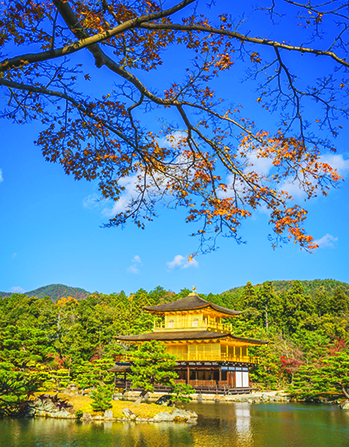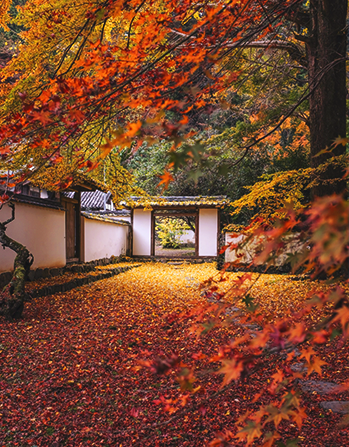



Spring Tours
Summer Tours
Autumn Tours
Winter Tours
Autumn Leaves Tours
Festival Tours
Many festival tours coincide with seasonal events, such as the Gion Matsuri in Kyoto, known for its elaborate floats and traditional performances. Other notable festivals include the Nebuta Matsuri in Aomori, featuring colorful lantern floats, and the Sapporo Snow Festival, showcasing stunning ice sculptures. Festival tours often include participation in traditional activities, such as wearing yukata (summer kimono), engaging in local dances, and tasting festival foods from stalls.
Sign up to receive the best offers & travel news update
A 527, 5th Floor, Logix Technova, Sector 132, Noida Expressway, Noida (NCR), India – 201305

